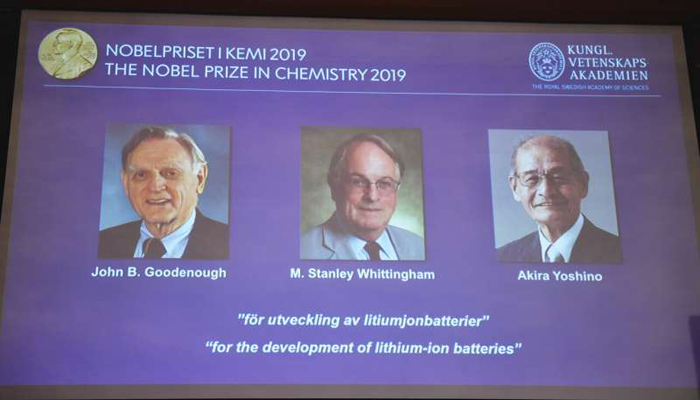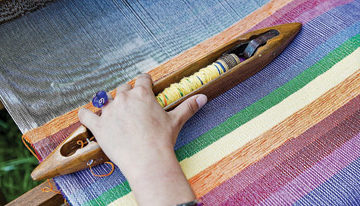Renewable and energy efficient technologies, which are important contributors to the sustainability paradigm, have been duly recognized in today’s recognition of Chemistry Nobel Prize.
The efforts towards developing highly efficient lithium-ion batteries by three scientists, John B. Goodenough and M. Stanley Whittingham, both from the United States and Akira Yoshino, from Japan led to the prize. Research undertaken by these scientists, a few decades ago has resulted in rechargeable, high potential batteries, which power many gadgets in our day-to-day lives.
This year’s prize provides a lot of inspiration and thoughts for the fiber to fashion supply chain and the materials sector. Focusing on sustainable efforts right from growing fibres to using efficient processing technologies is the way forward for the industry. The Nobel winning work made the batteries efficient, logistically convenient and importantly at a cost-effective price.
Translating research from laboratory to reality, which can improve lives, is needed to grow the economy. In announcing the importance of the prize, Professor Sara Snogerup Linse of the Nobel committee for chemistry stated, “We have gained access to a technical revolution,” because of the Nobel winning research.
Textiles and materials sector can gain a lot from understanding the research towards this Nobel Prize. Economics, performance efficiency, logistics such as lightweight as in the case of Li-ion batteries all play important part in transforming research to a product in the textiles sector. Constant development work towards product improvement is the key to consumer acceptance.
It is pleasing to report that the above principles have become standard these days for any consumer products like textiles. This model worked well for the development of sustainable oil absorbent product TowelieTM (www.towelieglobal.com). The idea for TowelieTM sparked in this scribe’s laboratory due to an actual situation, BP oil spill in 2010. Collaboration with multiple partners such as manufacturing and marketing enabled a sustainable textile product, within a decade from conception to commercialization.









